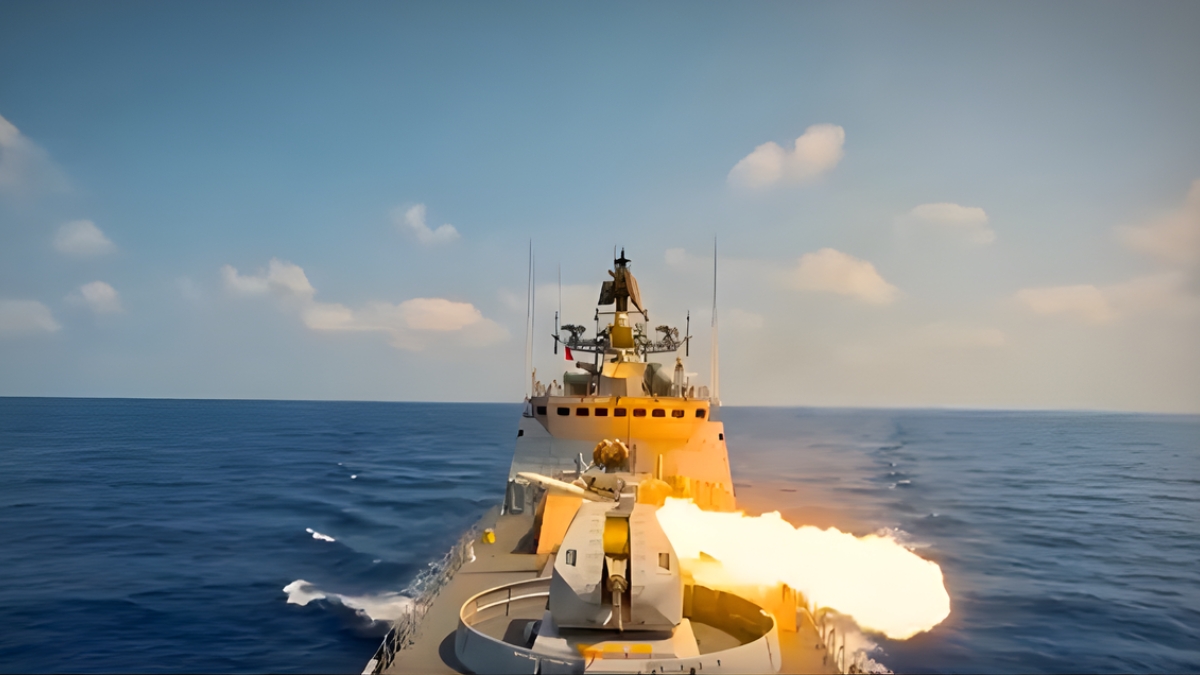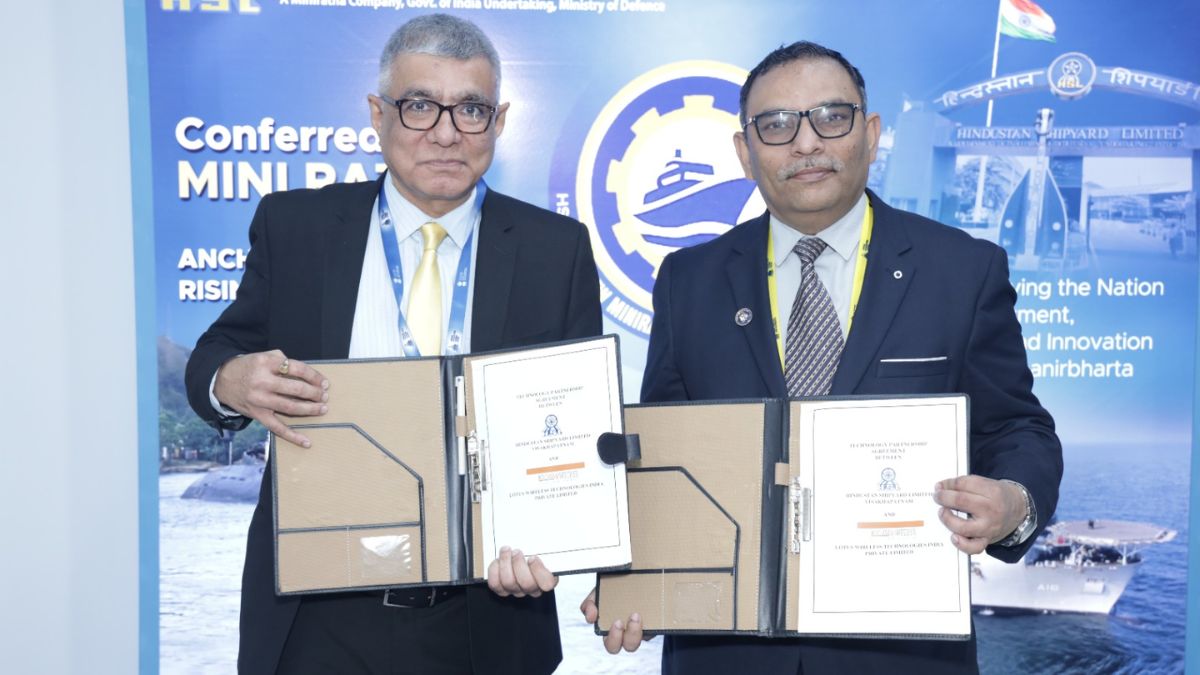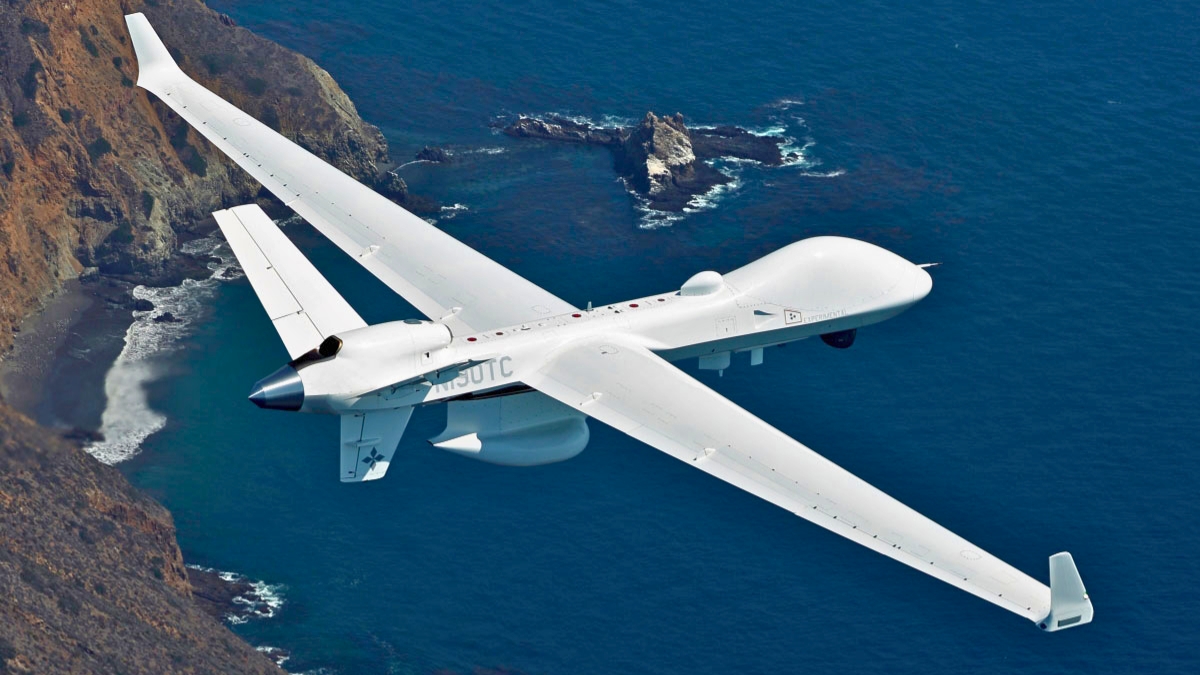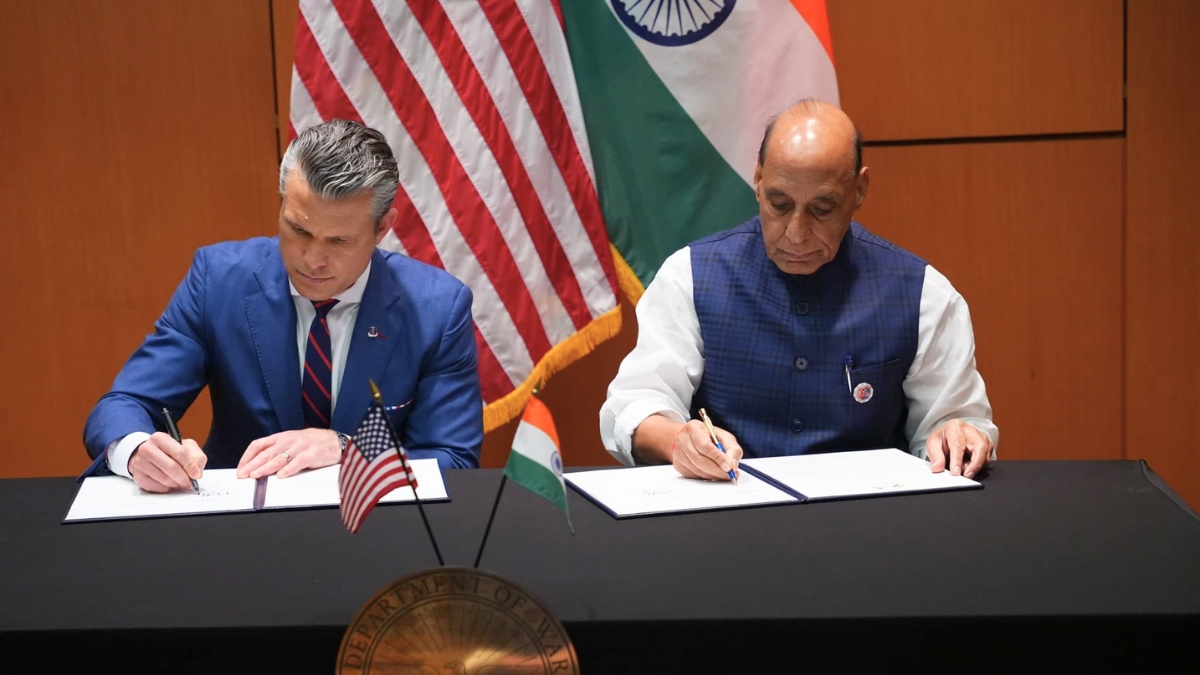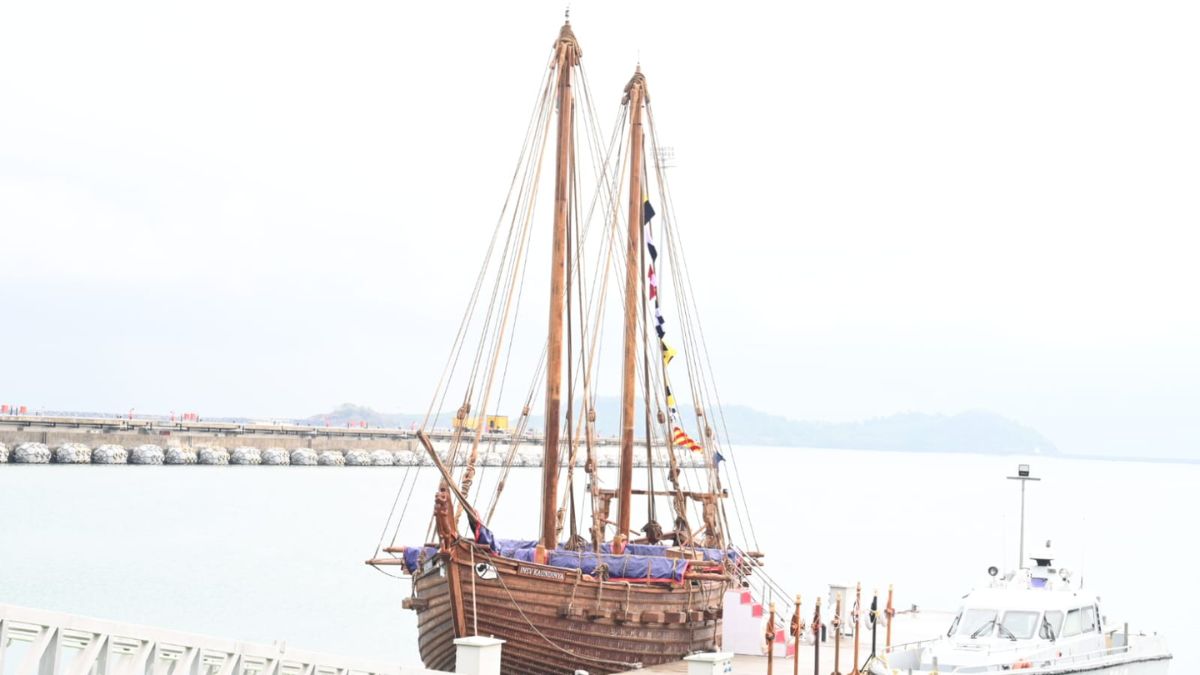India Builds Unmatched Anti-Submarine Warfare Shield To Counter Pakistan, China’s Misadventures

Indian Navy has honed its anti-submarine warfare (ASW) abilities to ward off threats from China and Pakistan. Image courtesy: AI-generated representative picture via DALL-E
India has steadily developed one of the most comprehensive anti-submarine warfare (ASW) systems in the region, combining aerial, surface, and undersea capabilities into a multi-layered grid. Officials and analysts argue that this posture has left little room for either Pakistan or China to operate submarines near Indian waters without being detected and tracked.
The growth of these capabilities is central to India’s maritime security doctrine, particularly as Pakistan inducts Chinese-built submarines and Beijing expands its fleet in the Indian Ocean. For New Delhi, investment in indigenous vessels, advanced aircraft, and autonomous platforms has ensured that undersea threats remain contained.
How has India built a layered ASW network?
The core of India’s ASW strength lies in a multi-tiered detection and strike system. Twelve Boeing P-8I Poseidon aircraft patrol the Arabian Sea, equipped with sonobuoys, magnetic anomaly detectors, and precision-guided weapons. These patrols provide wide-area coverage against hostile submarines.
On the surface, Kamorta-class ASW corvettes and larger combatants carry HUMSA-family sonars, Maareech decoys, and Varunastra heavyweight torpedoes. Their capabilities are reinforced by MH-60R Seahawk helicopters, which deploy dipping sonar and lightweight torpedoes for rapid responses to detected contacts.
India has also introduced shallow-water platforms such as INS Arnala, specifically designed to operate in coastal chokepoints where Pakistani submarines might attempt ingress. These vessels can manoeuvre in waters less than 30 metres deep, creating a denial zone along the littorals.
What role do indigenous platforms and new technology play?
Beyond imported systems, India has accelerated the induction of locally built assets. The Arnala-class shallow water craft and new corvettes feature hull-mounted and variable-depth sonars, rockets, and torpedoes optimised for coastal defence.
The Navy has also begun deploying autonomous, AI-enabled undersea vehicles, which offer persistent surveillance without risk to personnel. These drones extend monitoring in contested zones, complementing manned patrols and creating near-continuous awareness of undersea activity.
This focus on indigenous production ensures India retains control over maintenance, supply chains, and upgrades—an important advantage compared to Pakistan’s dependence on Chinese logistics.
Why are Pakistani and Chinese submarines considered vulnerable?
Pakistan has placed considerable emphasis on its Hangor-class submarine programme with China, portraying it as a deterrent. Yet analysts note that these export models are less sophisticated than China’s own fleet, carrying reliability issues and weaker acoustic signatures. During recent operations, Pakistani air defence and missile systems also showed performance gaps, raising concerns about their overall combat readiness.
For China, submarine transits through the Indian Ocean are closely monitored. Satellite and open-source assessments indicate Indian forces consistently track such deployments, with P-8Is and surface units providing layered surveillance. India’s posture makes it difficult for Chinese boats to operate freely near Indian waters or threaten major ports.
How central is ASW to India’s doctrine?
Indian Navy officials have described ASW expansion as critical to safeguarding sea lanes and deterring adversaries. Doctrinal updates in recent years place underwater security alongside carrier operations and missile forces in priority.
With assets ranging from Poseidons to shallow-water craft, and from indigenous sonar systems to autonomous vehicles, India has created a defensive net that both deters incursions and provides credible offensive options. For Pakistan and China, this means submarine deployments carry high operational risk with limited prospect of success.
